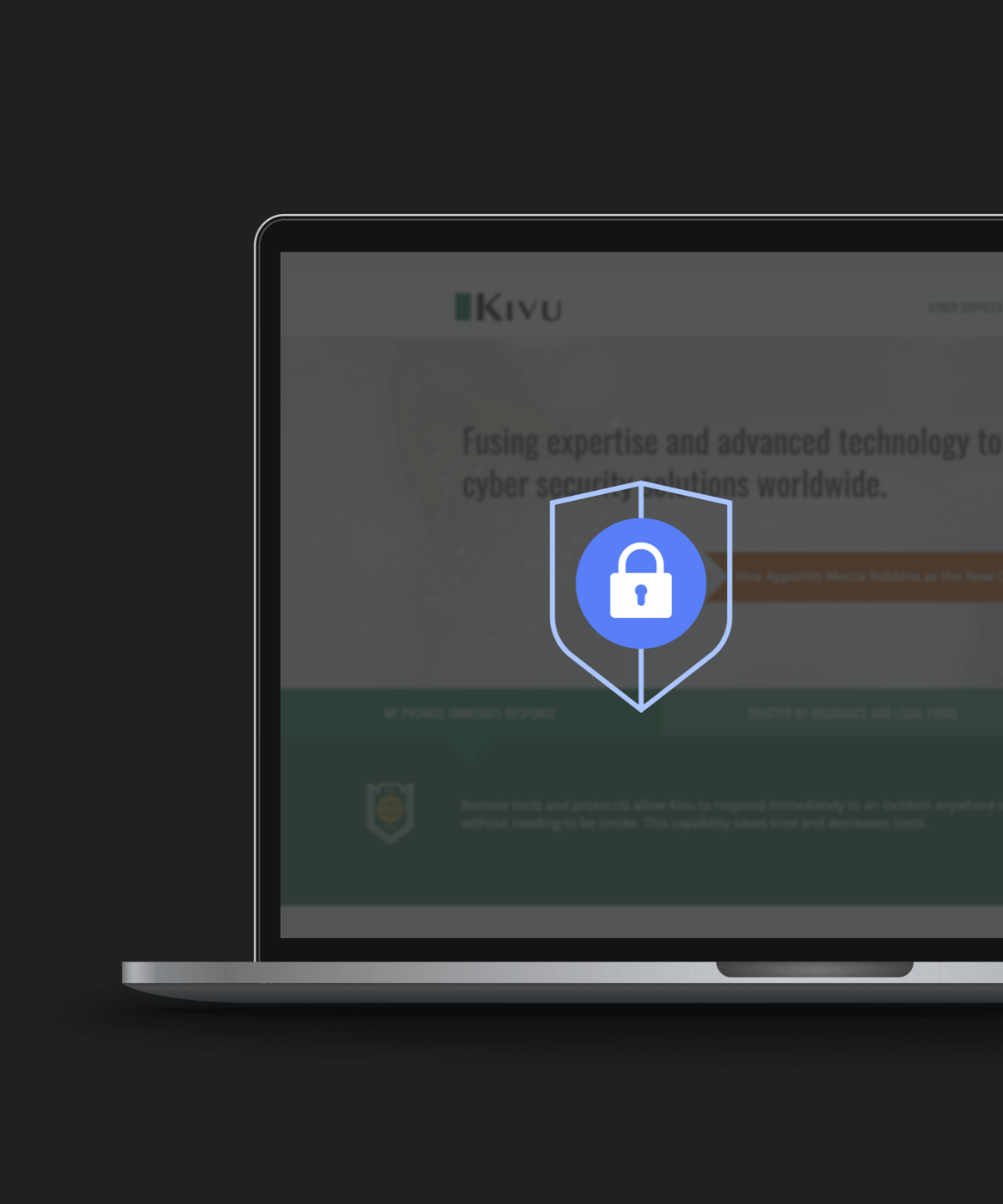Putting Your Data Security First
DJI is driven by the relentless pursuit of making complex technology accessible to all. Nowhere is this commitment more visible than in how we help commercial, civil, and government users around the world to find innovative ways to use our technology, bringing value throughout a wide range of industries.
Given the unique role drones play as a data capture device, we understand how important data security is to our commercial, civil and government customers. That’s why we give our users control over the data they generate. We buttress this commitment by providing in-depth information on how DJI drone platforms protect the data of our customers, and outlining the strategies and processes we use to continually improve information security.






Note
1, 2, 3, 5, 6, and 7: This feature is supported by Matrice M300 RTK V3 firmware.
4: This feature will be supported by Matrice M300 RTK V4 firmware.